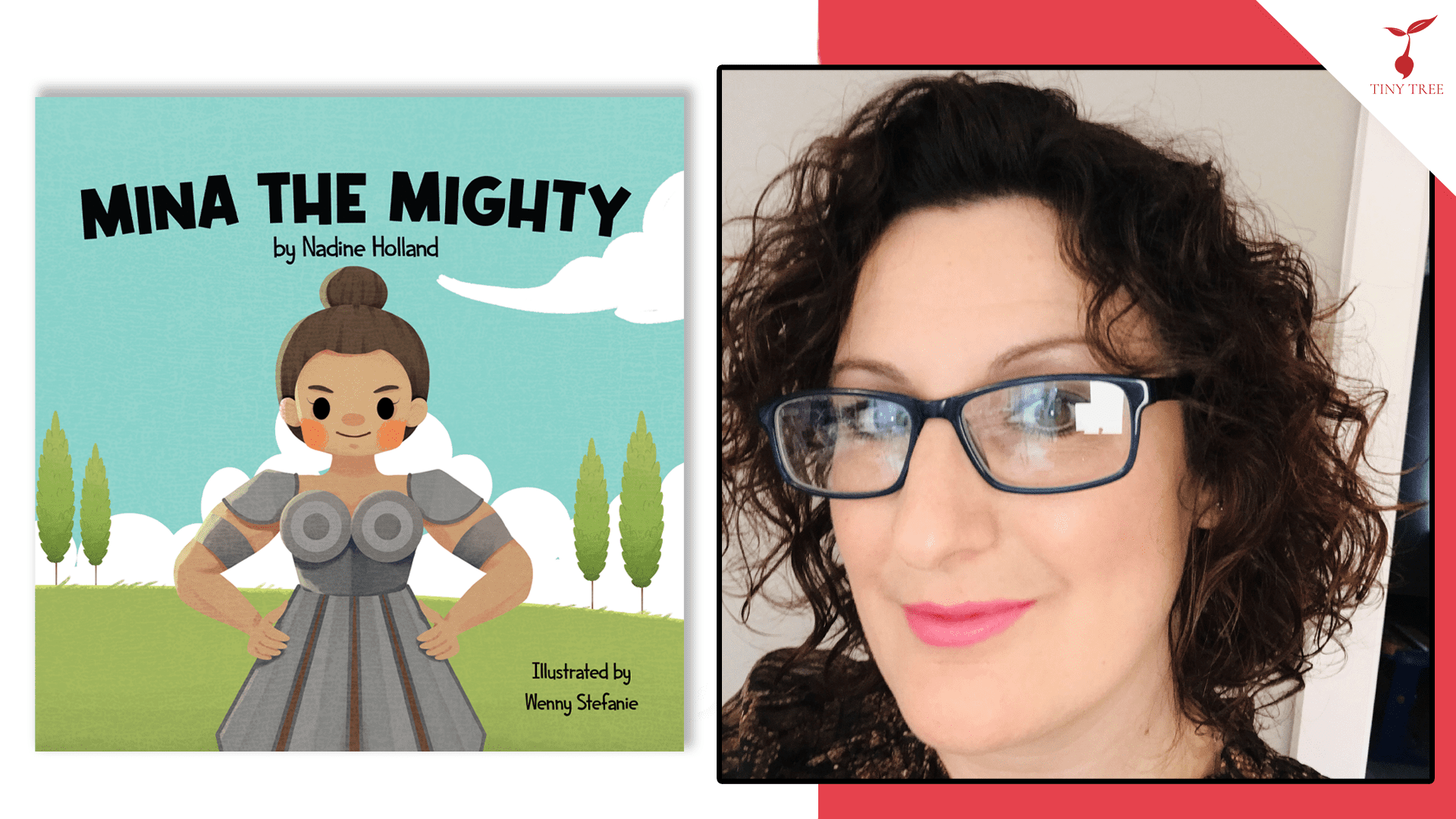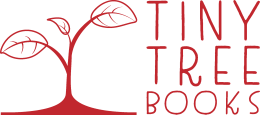
A wonderful story about the power of vulnerability.
We chatted with author Nadine Holland, author of Mina The Mighty. Mina the Mighty is a brand new picture book about finding strength in vulnerability, starring a GIANT hero named Mina. Mina’s worries wear her down and sometimes she feels like a failure, but she soon discovers she’s not the only hero who needs help.
In this Q&A, Nadine discusses her inspirations, her love of myths and monsters, and how she approaches writing picture books versus writing for older audiences.
Mina the Mighty is now available on Amazon, Waterstones, and Bookshop.org.
Mina The Mighty is a story about a hero who struggles with self-doubt. This is something lots of children (and adults!) can relate to. Where did the inspiration come from for this?
I think there has been a big push in society and across various media platforms to represent yourself authentically and many celebrities and people in the public eye have since come forward about their struggles – whether that’s with ill health, learning difficulties, neurodivergence or something else – and I wanted to lean into that and explore how being open about your worries can be freeing. A giant felt like a good metaphor for these personalities, a figure that seems impervious and unbreakable but is ultimately still vulnerable to the same things as an average person.
Heroes are often depicted as if they don’t have a care in the world. Why do you think it’s important to show children a mighty hero who also has worries and fears?
I think children are always looking for role models to show them how to act and live a full life, but often the people they choose (celebrities, sports stars, musicians) are only seen two-dimensionally because that is the persona they want the world to see. So, children don’t always get to see their fallibility and humanness. However, in order to live authentically we must all embrace all sides of ourselves, so by showing a hero in a more human light, it almost gives children permission to live more authentically too.
The look of the characters and the world draws on famous myths and legends. Was this always the case, and was there anything in particular that influenced this choice?
In my mind Mina always had the look of a hero from the Greco-Roman pantheon; I wanted her to feel gladiatorial and Amazonian and look like she could complete extraordinary feats multiple times a day. I had been reading a book about Medusa (from Medusa’s perspective) around the time that I wrote Mina so that undoubtedly played a part too.
Is there a specific Greek myth that inspired Mina’s story, perhaps? Or just one you’d recommend that others read?
Mina wasn’t inspired by any particular myth, but I relished the chance to include some monsters in the book. I’ve been obsessed with monsters and mythological creatures since I was a child; some are super scary and some are just bizarre! Growing up watching Ray Harryhausen’s monster work on ‘Jason and the Argonauts’ was absolutely captivating and ignited my interest in leviathan creatures.
How did you work with the book’s illustrator, Wenny Stefanie, on bringing the world you had imagined to the page?
Wenny is a dream to work with! She completely understood the aesthetic I was going for, her colour palettes were spot on to recreate the sunny Greek countryside and I think her depiction of Mina completely captures both her strong and vulnerable sides. I really didn’t have to do much at all. Wenny is a superbly talented illustrator and I totally fell in love with her style and use of texture.
As the author of picture books and middle-grade novels. How does your approach to storytelling differ between the two?
Within a picture book, I have to keep the details scant and economical due to the constraints of the length – but the illustrations then do so much of the leg work to fill in the gaps (thank goodness for illustrators!). With a middle-grade novel, I can’t rely on illustrations to tell the story, so it’s all me and it’s much more planned and edited to make sure that sequencing and loose ends are all tied up – all of that is much simpler when you’re only writing 12-14 spreads, but then every single word has to count. They present a very different set of challenges.
Do you see yourself in Mina? Or is she inspired by someone else in your life?
I definitely have been someone that kept things inside because I felt like I didn’t want to burden others with my problems, but as I’ve grown older and faced various difficulties in my life, I have developed a new appreciation for using talking as a method of releasing my worries and voicing them, so that I can start addressing how to solve them (if they can be solved).
Finally, if you (or Mina!) could give one piece of advice to kids who feel like they’re not strong enough, what would it be?
No-one is strong all the time; it’s okay to lean on others when you don’t have the strength.
Mina the Mighty by Nadine Holland and Wenny Stefanie is now available on Amazon, Waterstones, and Bookshop.org.

